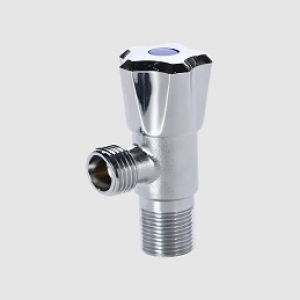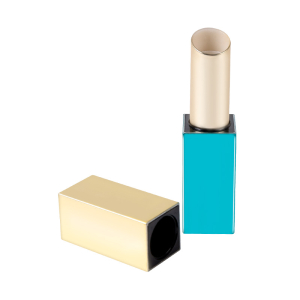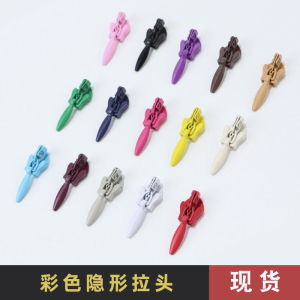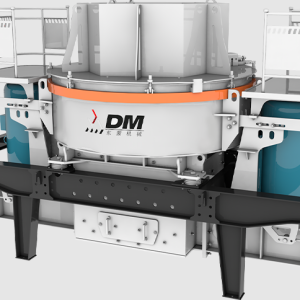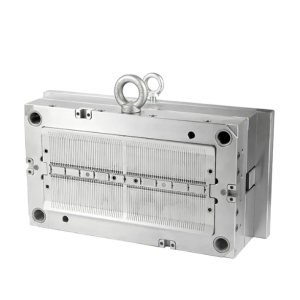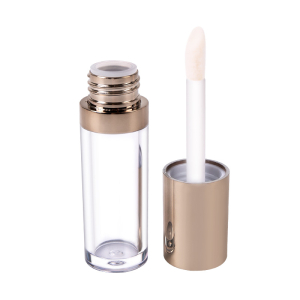Paddle wheel aerators are devices that circulate water horizontally along the surface of a pond. They are used to aerate the water and mix it with oxygenated air. This process can increase the quality of the water and reduce the power bills. These are particularly useful during low oxygen concentrations.
These devices usually have an electric motor and worm gearing. The power needed for operation is directly proportional to the speed at which the aeration occurs. In addition, the aerator works at full efficiency once it is switched on. This can also be controlled by a time switch.
The main features of a paddlewheel aerator are its floating ability and its shallow immersion depth. This is the reason why this type of aerator is commonly used in clearing basins. However, it is not very effective when it comes to vertical mixing of water. It does not transfer enough oxygen to the bottom layers of the pond. Its aeration mechanism is relatively complex and some components have a short service life.
A paddlewheel aerator has a support plate with eight paddles attached. These are arranged in staggered patterns around the hub. They are then screwed on the support plate. The blades are about 4 to 6 inches wide and have an interior angle of about 135 degrees. Typically, they have a triangular cross section. It is important to choose the correct size of the paddles, as the smaller the diameter, the more fuel is needed to run the aerator. Ideally, the diameter should be no more than three inches to avoid overheating.
Typical PTO-driven paddlewheel aerators operate at a paddle depth of three to six inches. They work best at a rotational speed of 90 rpm. Compared to other aerator designs, these are relatively flexible and can be easily mounted anywhere along a bank. They can also be transported and anchored. These devices are ideal for use in emergencies, especially if the power source is lost. It is advisable to be trained to install and operate them properly.
Unlike air-diffusion methods, paddlewheel aerators have excellent reduction performance. This is because they transfer 1.5 to 2.5 pounds of oxygen per hour for every horsepower they are powered by. They are about half as efficient as air-injection devices. A good paddlewheel aerator has a great reducer design and a strong motor that ensures the aeration system functions well.


